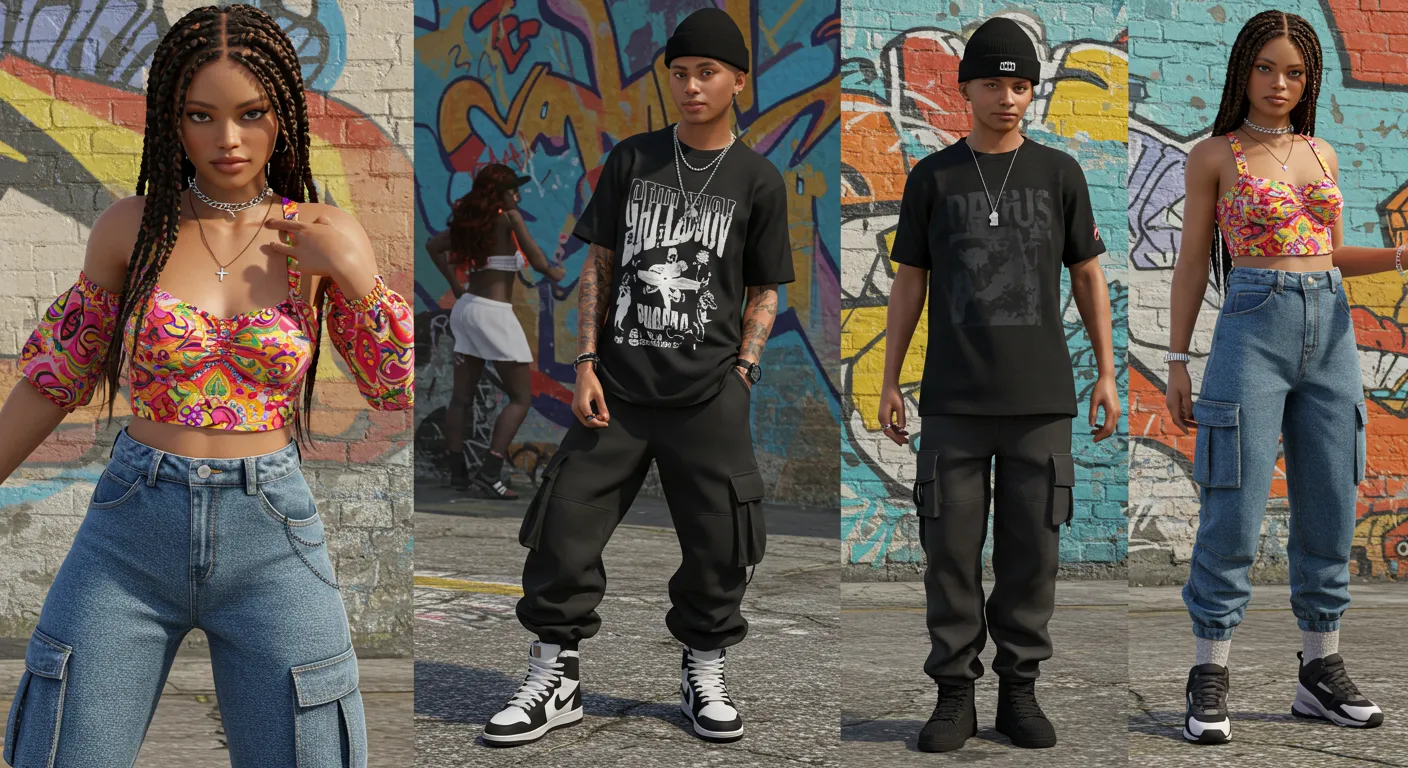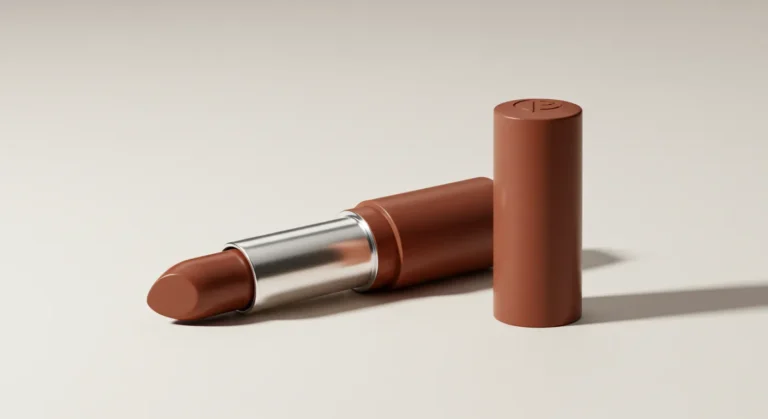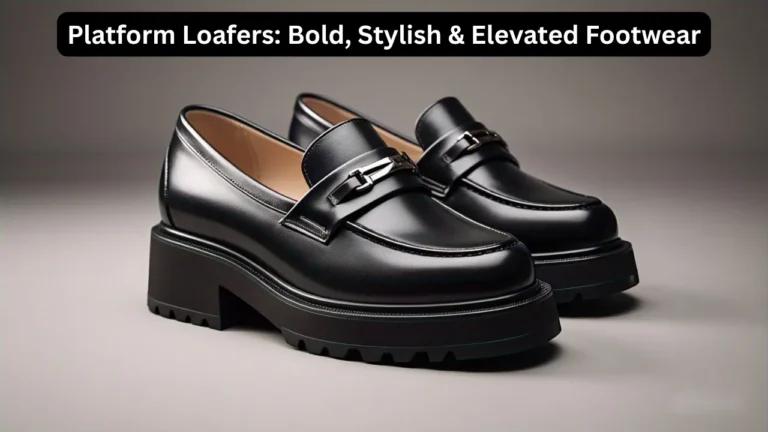Gen Z Fashion The Bold, Creative, and best Style in 2025
Introduction
Gen Z fashion is not just a trend; it’s a movement. Born between the mid-1990s and early 2010s, Generation Z grew up in a world shaped by rapid technological advances, global social media influence, and a heightened awareness of identity, inclusivity, and sustainability. Their style reflects this complexity — it’s bold yet thoughtful, nostalgic yet innovative, and unapologetically individualistic.
Unlike previous generations that followed fashion seasons dictated by luxury houses or glossy magazines, Gen Z takes style cues from diverse sources — TikTok outfit hauls, Instagram street style snaps, thrift store finds, anime-inspired aesthetics, and vintage reboots. Trends no longer trickle down; they spread virally, often overnight, thanks to social platforms. The rise of microtrends like “coastal grandmother,” “dark academia,” or “cottagecore” is proof of this decentralized influence.
The defining characteristic of Gen Z fashion is self-expression. Whether it’s mixing a thrifted Y2K mini skirt with a luxury sneaker or layering oversized blazers over graphic tees, the focus is on telling a story rather than following a rigid dress code. This generation challenges gender norms, embraces unisex clothing, and values comfort without sacrificing aesthetics.
At the heart of Gen Z style is also a deeper consciousness — a resistance to overconsumption, a preference for slow fashion brands, and a passion for re-wearing or upcycling. They’re not afraid to pair a $5 thrift find with a $500 designer piece because, for them, authenticity matters more than labels.
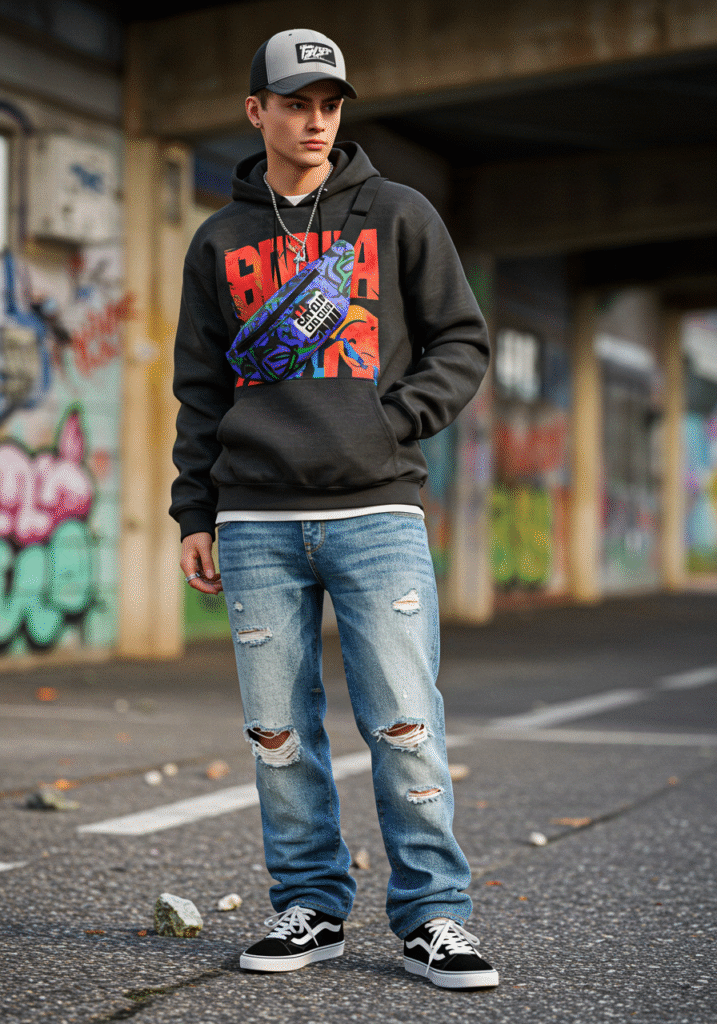
The Core Elements
To understand Gen Z fashion, you need to break down the key elements that give it its distinctive personality. These core elements blend old and new, high and low, polished and undone — all within the same outfit.
- Y2K Resurgence – Low-rise jeans, halter tops, platform sandals, and butterfly clips are making a huge comeback, driven by nostalgia and TikTok’s obsession with 2000s pop culture.
- Oversized Silhouettes – Comfort is king. Baggy jeans, wide-leg trousers, oversized hoodies, and boxy blazers dominate because they allow freedom of movement while looking effortlessly cool.
- Gender Fluidity – Gen Z embraces unisex clothing, rejecting rigid “men’s” and “women’s” sections. A skirt, a suit, or nail polish isn’t tied to gender — it’s about personal expression.
- Layering for Drama – Mesh tops under slip dresses, hoodies under trench coats, and accessories layered in multiples create visual depth and individuality.
- Mixing High and Low – A thrifted denim jacket can be paired with designer sneakers; vintage handbags might sit alongside fast-fashion cargo pants. The thrill lies in the unexpected combination.
- Statement Accessories – Chunky rings, colorful beaded necklaces, claw clips, tiny sunglasses, and bucket hats have all become signature Gen Z finishing touches.
These elements form the building blocks of countless microtrends that come and go, but the underlying philosophy — mixing styles, rejecting rules, and staying authentic — remains constant.
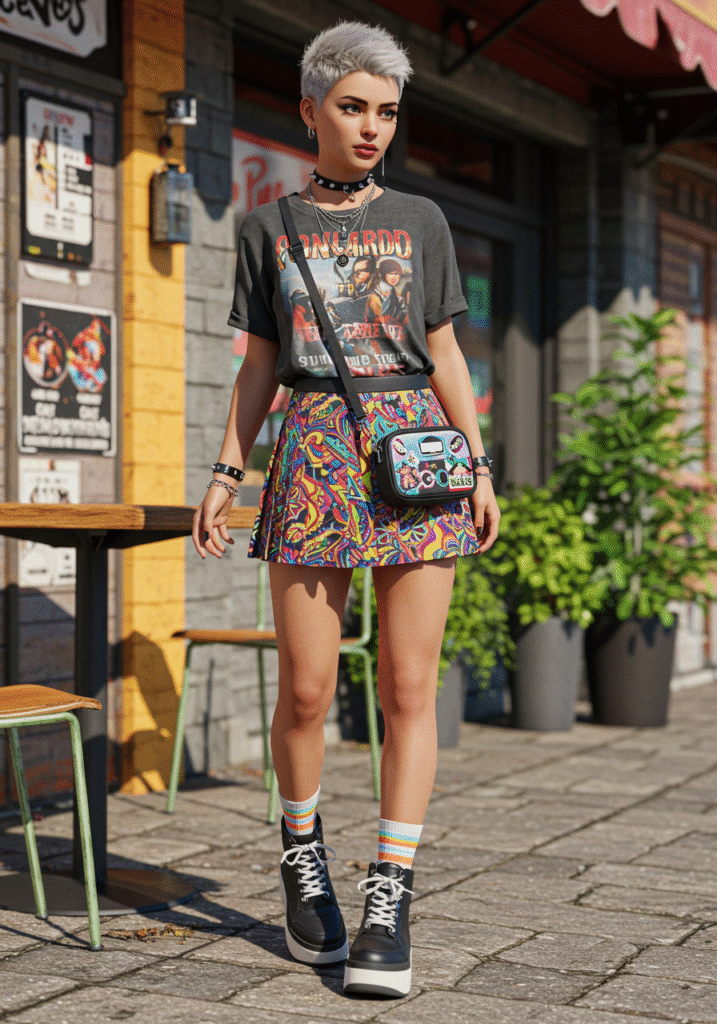
Social Media’s Role in Shaping Gen Z
Gen Z is the first generation to have grown up entirely online, and their fashion sense is inseparable from social media culture. Platforms like TikTok, Instagram, and Pinterest don’t just showcase trends — they create them.
On TikTok, a single 15-second video featuring an “outfit of the day” can go viral and spark a global demand for that look. Influencers, many of whom are ordinary users rather than celebrities, shape what’s considered stylish. These micro-influencers have a closer relationship with their audiences, making trends feel more authentic and relatable.
Instagram remains a hub for curated, aesthetic-driven looks, where fashion influencers experiment with visual storytelling. Pinterest inspires slow-burn trends, with mood boards influencing everything from color palettes to seasonal must-haves. YouTube’s long-form haul and styling videos give Gen Z detailed guides on recreating looks affordably.
Importantly, social media accelerates trend cycles. What once took months to spread now takes days. This has led to a rise in “microtrends” — short-lived fashion crazes like strawberry girl summer or blokecore that dominate feeds before quickly being replaced. While this rapid turnover raises sustainability concerns, it also democratizes fashion, giving anyone with a camera and creativity the power to influence style.
Gender-Fluid
One of the most defining aspects of Gen Z fashion is its open rejection of rigid gender norms. Clothing today is no longer confined to labels like “men’s wear” or “women’s wear” — it’s simply fashion. This shift is powered by the belief that self-expression should be limitless, and garments should be available to anyone, regardless of gender identity. Gen Z celebrates androgyny, unisex silhouettes, and fluid fits that prioritize comfort and individuality over societal expectations.
From oversized blazers paired with crop tops to skirts styled with sneakers, gender-fluid outfits are both fashion-forward and politically charged. Many brands, such as Collina Strada, Telfar, and TomboyX, design with inclusivity in mind, creating versatile pieces that are free from the constraints of traditional sizing or gendered marketing. This movement also has roots in thrift culture, where secondhand shopping often blurs gender boundaries naturally.
Social media platforms amplify these inclusive looks, with influencers mixing tailored suiting, baggy streetwear, and delicate accessories without regard for “male” or “female” style rules. This authenticity resonates deeply, especially in an era where self-identification and personal freedom are valued as highly as aesthetics. For Gen Z, the future of fashion is fluid, and embracing this ethos isn’t just a trend — it’s a cultural shift.
Vintage Resurgence
In contrast to fast fashion’s disposable mentality, Gen Z thrives on the treasure hunt of vintage shopping. Thrift culture has exploded, fueled by sustainability concerns, nostalgia, and the thrill of finding unique pieces that nobody else owns. Vintage stores, online resellers, and clothing swaps have become key playgrounds for this generation, with fashion choices often inspired by the past but styled in distinctly modern ways.
Y2K styles — think butterfly clips, baguette bags, low-rise jeans — have staged a massive comeback. Meanwhile, ’90s minimalism, ’80s power dressing, and even retro sportswear from brands like Adidas and Nike are back in circulation. TikTok plays a huge role here, with thrift haul videos and styling challenges sparking microtrends almost overnight. Apps like Depop, Vinted, and Poshmark also help Gen Z find secondhand gems without leaving their homes.
This embrace of thrift shopping isn’t just about aesthetics — it’s also an environmental statement. By choosing pre-loved clothing over mass-produced new items, Gen Z minimizes fashion waste and reduces their carbon footprint. For many, wearing vintage isn’t just cool; it’s a conscious act of rebellion against overconsumption. It’s fashion with a story, a past, and a purpose.
Tech-Infused Fashion
Gen Z grew up in the digital age, so it’s no surprise that technology and fashion are now inseparable for them. Augmented reality try-ons, digital fashion pieces, and even clothing designed for the metaverse are becoming part of the style landscape. Brands are experimenting with NFT collections, virtual fashion shows, and social media-first product drops that sell out before they even hit physical shelves.
Technology also fuels trend creation and acceleration. Instagram, Pinterest, and TikTok are no longer just inspiration boards; they’re trend incubators where a look can go viral in hours. The “TikTok made me buy it” phenomenon has turned small indie designers into overnight sensations. At the same time, influencers and creators set the tone for what’s next, often more than traditional fashion magazines or runway shows.
Wearable tech is also part of the conversation. From smart fabrics that regulate body temperature to garments with embedded LED lights, the intersection of innovation and style is increasingly mainstream. For Gen Z, fashion isn’t just about looking good in person — it’s about standing out in digital spaces, where outfits are curated as much for the feed as for the street.
Sustainability in Gen Z Fashion
One of the most defining characteristics of Gen Z fashion is its deep commitment to sustainability. Unlike earlier generations, Gen Z isn’t content with fast fashion that produces trendy but disposable clothing at the expense of the environment. Instead, they are actively seeking brands that prioritize ethical manufacturing, eco-friendly materials, and transparent supply chains. This generation has grown up during an era of heightened climate awareness, and they see their purchasing decisions as a form of activism. For many, a wardrobe isn’t just a collection of outfits—it’s a statement about their values and their responsibility toward the planet.
Brands targeting this audience are quickly adapting, offering organic cotton, recycled fabrics, and low-impact dyes. The popularity of resale and thrift platforms like Depop, Poshmark, and Vinted also speaks volumes about Gen Z’s willingness to embrace second-hand shopping as a sustainable style choice. Even luxury labels are tapping into this trend, releasing capsule collections made from upcycled materials. Beyond products, Gen Z scrutinizes the ethics of a company—whether it treats its workers fairly, uses minimal packaging, and takes steps to reduce waste. In short, sustainability isn’t a side note for this demographic; it’s a core expectation.
This conscious consumerism is reshaping the industry. Smaller eco-conscious brands are thriving, and larger corporations are being pushed toward greater accountability. For Gen Z, it’s not just about looking good—it’s about ensuring that looking good doesn’t harm the world they’ll inherit.
The Influence of Social Media
Gen Z fashion is inseparable from social media. Platforms like TikTok, Instagram, and Pinterest are not only spaces for sharing outfits—they’re the launchpads for trends that can go viral overnight. While previous generations followed seasonal fashion cycles, Gen Z navigates micro-trends that can last anywhere from a few weeks to a few months before being replaced by the next big thing. This rapid pace of trend turnover is both a blessing and a challenge for brands, as they must remain agile to stay relevant.
Social media influencers, especially micro-influencers with highly engaged niche audiences, play a massive role in shaping Gen Z style choices. Rather than following traditional celebrities, Gen Z gravitates toward relatable online personalities who share styling tips, thrift finds, and DIY clothing hacks. A single styling video can inspire millions to adopt a new look—be it “coastal cowgirl,” “clean girl aesthetic,” or “cyber grunge.” Hashtags become the lifeblood of these fashion movements, and trends spread globally in hours rather than months.
Interestingly, this digital trend machine also empowers individuality. While some micro-trends become mainstream, many Gen Z users use them as starting points to create their own spin, blending aesthetics and defying strict fashion rules. In a way, social media has democratized fashion, making it accessible, interactive, and community-driven
Gender Fluidity
One of the most progressive aspects of Gen Z fashion is its embrace of gender fluidity. This generation is rewriting the rules of what clothing “should” be worn by men or women, leaning instead toward personal expression over prescribed norms. From oversized button-down shirts worn as dresses to skirts styled with combat boots on all genders, Gen Z treats clothing as an open canvas rather than a category defined by traditional binaries.
This shift is heavily influenced by cultural conversations around identity, inclusivity, and self-expression. Fashion labels catering to Gen Z are increasingly releasing gender-neutral collections, ditching the “men’s” and “women’s” labels in favor of inclusive sizing and designs. Even mainstream retailers are adopting gender-fluid lines, recognizing that shoppers value freedom of choice over outdated constraints.
Social media again plays a huge role here—many influencers proudly experiment with silhouettes, fabrics, and accessories traditionally associated with another gender, sparking a ripple effect of acceptance. Celebrities like Harry Styles, Jaden Smith, and Billie Eilish have further normalized gender-blurring fashion choices, proving that style can transcend gender entirely.
For Gen Z, clothing is a language of self-expression, and removing gender barriers expands the vocabulary. In this inclusive environment, fashion becomes not only more creative but also more liberating, inviting everyone to wear what truly resonates with their identity rather than conforming to societal expectations.
FAQs
What defines Gen Z fashion compared to previous generations?
Gen Z fashion is characterized by its inclusivity, self-expression, and blending of aesthetics from different eras. Unlike previous generations that often followed set seasonal trends, Gen Z tends to mix vintage, thrifted, and high-street items, focusing on personal identity over brand loyalty. They also embrace bold colors, gender-fluid styles, and eco-conscious fashion choices.
Why is sustainability so important in Gen Z fashion?
Sustainability resonates deeply with Gen Z because they are growing up in a time of heightened awareness about climate change and fast fashion’s environmental impact. Many prefer to buy secondhand, support eco-friendly brands, or invest in timeless pieces rather than trend-chasing. This approach aligns with their values of environmental responsibility and ethical consumption.
What are some key clothing items or styles popular among Gen Z?
Some iconic Gen Z fashion staples include oversized hoodies, wide-leg pants, chunky sneakers, cropped tops, bucket hats, Y2K-inspired pieces, and thrifted vintage finds. They also love statement accessories like bold sunglasses, unique earrings, and vibrant hair colors to complete their look.
Social media platforms like TikTok, Instagram, and Pinterest have accelerated fashion trends like never before. A single viral video can popularize a style overnight. Social media also allows Gen Z to discover global trends, share outfit ideas, and interact directly with brands, creating a faster and more inclusive fashion cycle.
Are luxury brands still relevant to Gen Z?
Yes, but in a different way. Gen Z often values creativity and exclusivity over traditional status symbols. While they do engage with luxury brands, they’re more likely to choose pieces that feel unique or collaborate with emerging designers. Many also mix high-end items with thrifted or budget-friendly finds for a high-low style.
How does gender-neutral fashion fit into Gen Z style?
Gender-neutral fashion is a cornerstone of Gen Z’s approach to clothing. They challenge traditional gender norms and often choose pieces based on style, comfort, and self-expression rather than labels. Brands that offer unisex sizing or gender-fluid collections tend to resonate more with this demographic.
What’s next for Gen Z fashion trends?
Experts predict that Gen Z will continue to embrace sustainability, vintage revival, and tech-driven clothing, such as augmented reality try-ons or smart fabrics. The blending of past and future aesthetics will likely grow, creating fashion that is both nostalgic and innovative.
Conclusion
Gen Z fashion isn’t just about clothing — it’s a cultural movement, a lifestyle choice, and a statement of individuality in an increasingly homogenized world. Unlike previous generations that were often guided by seasonal trends dictated by luxury houses or mainstream media, Gen Z has flipped the fashion game entirely. Their choices are driven by a unique combination of digital influence, personal values, and a fearless embrace of self-expression. This generation has made it clear: fashion is no longer about blindly following trends; it’s about curating a wardrobe that reflects one’s identity, beliefs, and creativity.
One of the most defining aspects of Gen Z fashion is its fluidity. Traditional boundaries that once dictated what was “masculine” or “feminine,” “casual” or “formal,” are now blurred. This is the generation that pairs oversized hoodies with tailored trousers, vintage band tees with designer sneakers, or even thrifted pieces with high-end accessories. They aren’t afraid to mix decades, cultures, and aesthetics into one look. A Gen Z closet might have Y2K-inspired crop tops alongside cottagecore dresses, streetwear sneakers next to cowboy boots, and bold maximalist prints sharing space with minimalist monochrome sets. Their style is less about fitting in and more about standing out — while still staying authentic to themselves.
The rise of digital culture has been a massive influence on Gen Z’s style choices. TikTok, Instagram, and Pinterest act as global fashion runways, making trends accessible to anyone with a phone. Micro-trends can emerge overnight — from the “clean girl” aesthetic to “coastal grandmother” vibes — and spread like wildfire. But unlike earlier generations who might have been passive consumers of fashion content, Gen Z actively participates in trend creation. They’re the ones starting challenges, remixing outfits, and using fashion as a way to connect, communicate, and even protest. Social media has made fashion more democratic than ever before, and Gen Z has taken full advantage of it.
Another key factor shaping Gen Z fashion is the prioritization of sustainability and ethics. While fast fashion still plays a role in their wardrobes, this generation is far more conscious about the environmental and social costs of clothing. Thrifting, upcycling, clothing swaps, and supporting small, ethical brands are now integral parts of their fashion journey. For them, sustainability isn’t a passing trend — it’s an essential part of their values. Even when they do indulge in fast fashion, they tend to personalize it, make it last longer, and style it in ways that keep it relevant beyond a single season.
Gen Z has also brought inclusivity to the forefront of the fashion conversation. Body positivity, gender-neutral fashion, and representation of all races, sizes, and identities are not just “nice to have” elements — they’re non-negotiables. Brands that fail to embrace inclusivity risk becoming irrelevant. This generation wants to see real people in campaigns, models with visible stretch marks, and clothing that is wearable for every body type. By pushing for this change, they’re reshaping the industry into something far more diverse and representative than in previous decades.
Perhaps what makes Gen Z fashion truly revolutionary is its authenticity. For them, fashion is not about perfection — it’s about personality. They embrace imperfections, celebrate individuality, and reject the idea that you need to fit into a single mold to be stylish. Their outfits tell stories — about where they’ve been, what they believe in, and how they see the world. And because of this, Gen Z style doesn’t have an expiration date; it evolves naturally with them, adapting to new influences while staying rooted in self-expression.
In many ways, Gen Z fashion is a mirror of the generation itself — diverse, bold, unapologetic, and endlessly innovative. It reflects a desire to be seen not just for appearances but for authenticity. And as fashion continues to evolve in the coming years, there’s little doubt that Gen Z will remain at the forefront of defining what it means to dress with intention, creativity, and a clear sense of identity. Their approach has already begun influencing older generations and even luxury fashion houses, proving that this isn’t just a youth movement — it’s a redefinition of fashion itself.
In short, Gen Z fashion is not a phase. It’s the future — and it’s one that’s colorful, inclusive, and endlessly exciting. The rest of the fashion world would be wise to take notes, because Gen Z has made it clear: style is no longer just about looking good. It’s about making a statement, starting conversations, and wearing your truth. And in that sense, they’re not just changing what we wear — they’re changing what fashion means altogether.

